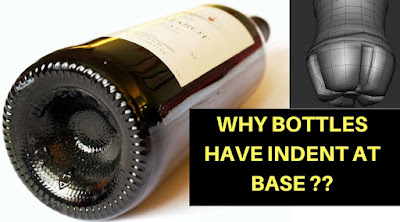Balancing
Balancing is necessary as with constant rotation, tire becomes unbalanced. Out of balance tires cause vibration of the vehicle, and at higher speeds, the risk of a mishap greatly increases. Balancing of tires is therefore imperative after every 12-15 thousand miles of run. Balancing also ensures that your tires have a longer life as wear of tires is greatly reduced with balancing.
Alignment
All tires of a new car are perfectly aligned which means that they all point in one direction. This ensures that no tire unduly pushes out or pulls inward causing trouble for the vehicle. If the wheels are perfectly aligned the tires not only have a longer life, you also get better mileage. This also eases pressure on the suspension of the automobile, and in general gives more driving pleasure.
Difference between Alignment and Balancing
Though balancing and alignment are different, they have a bearing on the state of the car which is low mileage and an increased probability of a mishap. Wheel balancing is done on an automated machine which corrects minor imbalances of wheel assembly. On the other hand wheel alignment is a process that ensures that angles of caster, camber and toe are correct. In simple words, it makes the tires point in a single direction.
In brief:
• Alignment and balancing are important for your safety and wear of the tires of your car
• Balancing corrects any imbalance of tires or wheels while alignment ensures that your wheels point in the same direction
• If both wheel balancing and alignment are regularly done, tires have a longer life and you get more mileage from your car



